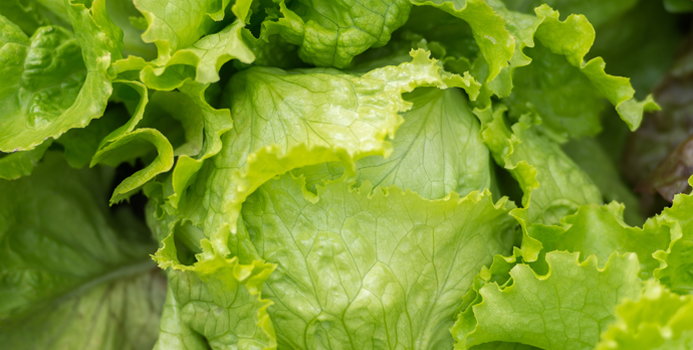Consuming fewer calories but still feeling full and satisfied is key to successful weight loss that you can sustain for a lifetime. Foods that are low in energy-density may be one excellent tool to add to your healthy eating toolkit.
What Is Energy-Density?
Nutrient-Dense, Energy-Dense — These are foods that have a lot of beneficial nutrients, but also contain quite a few calories in a small portion due to the calories coming from healthy fats (fats contain 9 calories per gram, whereas proteins and carbohydrates contain 4 calories per gram). Examples of these types of foods include nuts, seeds, butters made from nuts and seeds, healthy oils such as olive oil, avocado, fatty fish, and olives. While these foods contain a lot of calories in a small portion, they shouldn’t be omitted from your diet because they do house plenty of antioxidants, vitamins, minerals, omega-3 fatty acids, and other healthy unsaturated fats.
Nutrient-Dense, Low-Energy Dense — These foods contain a plethora of vitamins, minerals, antioxidants, and other health-promoting phytochemicals, but don’t contain a large number of calories relative to their portion size. Examples of these include non-starchy vegetables, legumes, some fruits, and some whole grains.
Nutrient-Poor, Energy-Dense — These are your junk foods in that they contain a lot of calories in a small portion size, but don’t give you many healthy nutrients (think vitamins, minerals, phytochemicals)—if any at all, or they only provide harmful components, such as saturated fats or sugar. These are also known as “empty calories.” Examples may include candy, sweets, chips, some desserts, snack cakes, donuts, soda and other sugary beverages, butter, partially hydrogenated oils, tropical fats, and many fried foods.
Nutrient-Poor, Low-Energy Dense — These can be described as “free foods,” meaning they are often low in calories, but they don’t really provide a significant amount of nutrients. Examples might include sugar-free beverages, sugar-free jello or popsicles, iceberg lettuce, “diet” breads, sugar-free candies, and some very-low-calorie vegetables.
Physically More Food, But Fewer Calories
Many experts in the field of nutrition and weight management believe that each person requires a certain volume of food when he or she eats to physically feel full, and this volume doesn’t shift much, meaning you may need physically more food (volume-wise) than your friends, coworkers, or family members to feel satisfied. If you feel like you need a large volume of food when you eat to feel full, it's in your best interest to choose foods that low in energy density but contain a lot of nutrients. These include non-starchy veggies, some lower-sugar fruits (especially berries), whole-grains, and legumes.
High-Fiber Foods
Foods that naturally high in fiber, whether it be soluble fiber, insoluble fiber, or a combination of the two types, will fill you up and keep you full for a long time, yet they are usually low in calories. Now that’s what I call a win-win. Vegetables, fruits, some whole-grain foods, beans, and legumes should be filling your plate.
Water-Rich Fruits and Vegetables
Vegetables and fruits not only fill you up with tummy-trimming, fat-fighting fiber, they also contain a lot of water, meaning you get to eat a larger volume of food for fewer calories. Additionally, high-water produce picks help hydrate you, and people often mistake thirst for hunger and end up overeating when they really just need a dose of good old H2O.
Crunch, Not Crunches
Low energy-dense foods are often crunchy and fibrous and, therefore, take longer to chew, which in turn slows down your eating, giving your stomach ample time to send satiety hormones to your brain to signal that you are full. Fill up on crunchy foods rather than doing loads of crunches. Honeycrisp apples, carrots, celery, bell peppers, cucumbers, jicama, and cruciferous veggies are just a few of the delicious foods that provide a satisfying crunch to fill you up without weighing you down.
[Image via Shutterstock]



